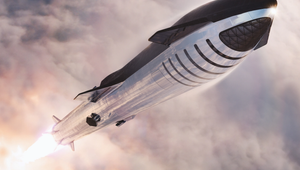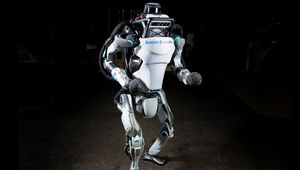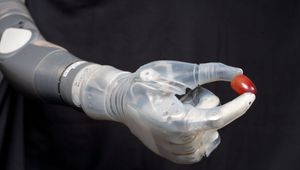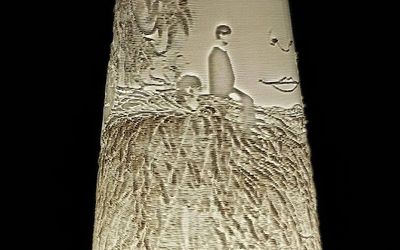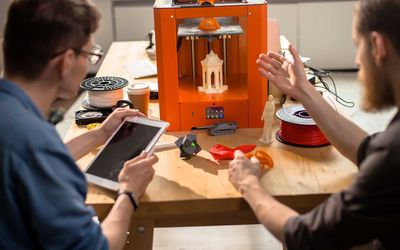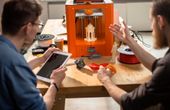Metal X™ System
Metal X is an accessible end-to-end metal 3D printing solution for functional metal parts, offering quality, speed, and swift operations.
Technical Specifications
| ُPrinting Process | Metal fused filament fabrication |
| Print Chamber | Heated |
| Print System | Two nozzles — Metal material and release material |
| Power Requirements | 100–120 / 200-240 VAC (12A / 6A) |
| RF Module | Operating Band 2.4 GHz Wi-Fi Standards 802.11 b/g/n |
| Supports | Metal material with a ceramic release layer |
| Security | Two-factor authentication, org admin access, single sign-on |
| Software | Eiger Cloud |
Overview
The Metal X is a 3D printer capable of printing metal-bound in a plastic matrix. This eliminates the safety risks associated with traditional metal 3D printing methods, enabling features like close-cell infill for reduced part cost and weight. This technology is more cost-effective than alternative metal additive manufacturing technologies and drastically less expensive than traditional fabrication technologies like machining or casting.
The Metal X system allows users to do everything from design to fully functional metal parts swiftly utilizing three machines: The Metal X (3D printer), the Wash-1 (debinding machine), and the Sinter-2 (sintering furnace). With 3D printing of carbon fiber, Kevlar, and fiberglass, users can fabricate complex metal parts in various advanced metals. The printer utilizes a process called Metal FFF to print parts. This technique uses bulk sintering and metal powder to produce solid metal parts that can be manufactured from various metals, including copper and 17-4 stainless steel.
The Metal X system can take you from design to fully functional metal parts in under 72 hours, bringing industrial production to the point of need.
Metal X Features
The Markforged Metal X 3D printer employs cutting-edge technology to create metal components with high accuracy and tensile strength. The printer creates parts layer by layer utilizing the dependable FFF (Fused Filament Fabrication) technique, using a special metal filament made of highly concentrated metal powder bound in plastic and wax. The parts are subjected to the Markforged Wash to remove any remaining wax after printing. The sintering furnace completes the atomic diffusion process to produce homogeneous metal components with a density of up to 99.7%.
Metal X is ideal for automotive, aerospace, and manufacturing across industries. It has a large build volume of 300 x 220 x 180 mm (WDH) with an enclosed build chamber. The user can employ honeycomb infills and other geometries that would be unattainable with subtractive and conventional manufacturing techniques because it can print down to a layer height of 50 microns. The printing solution prints with high precision and enables the quick and cost-effective manufacturing of primary components, individual pieces, or replacement parts.
Metal X can print in 6 different metals. The parts can be printed in a variety of metals, such as 17-4 stainless steel, H-13 tool steel, 6061 aluminum (beta), 7075 aluminum (beta), A-2 tool steel (beta), D-2 tool steel (beta), copper, IN Alloy (Inconel) 625 (beta), and Titanium Ti-6Al-4V (beta). The metals in beta are under testing and will soon be available to customers.
Innovative and intelligent software is needed to create stable 3D-printed components for industrial applications. Modern Eiger cloud software offers seamless hardware, software, and material integration for a productive and user-friendly experience. Users can control the quality and stability of output. They can even print overnight and have their metal components ready for use the next day.
Metal X has a laser-assisted process control system that scans the part during printing to ensure that it meets all requirements for quality and precision. Metal X is a complete solution and dependable system for metal 3D printing when used in conjunction with the Markforged Wash and Sintering Furnace.
Applications
Metal X is suitable for applications where metal parts are fabricated in numerous advanced metals. Designers can produce their product models and prototypes, which can be transformed into the final products. Users can also manufacture individual pieces, replacement parts, or primary components using this printer. The 3D printing solution is best used in automotive, aerospace, and other industries.
